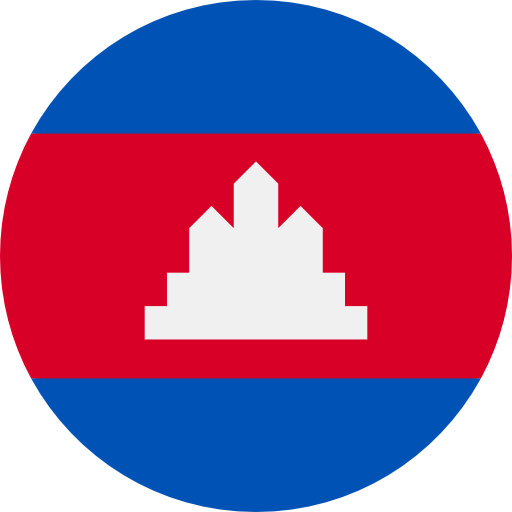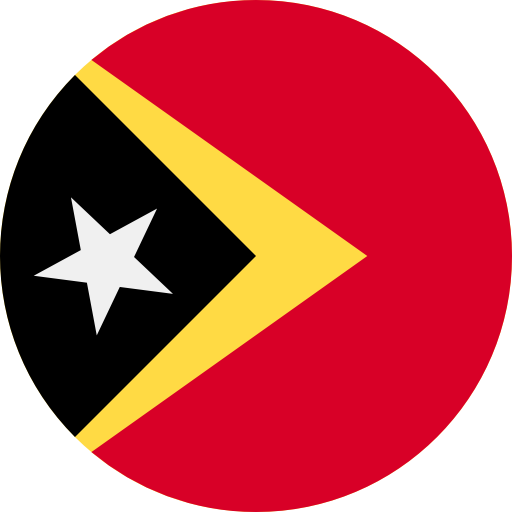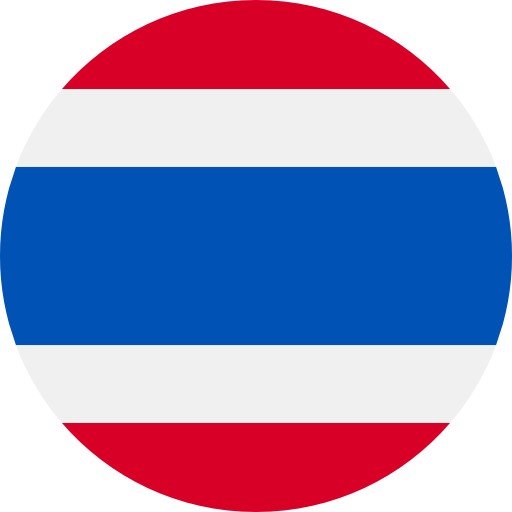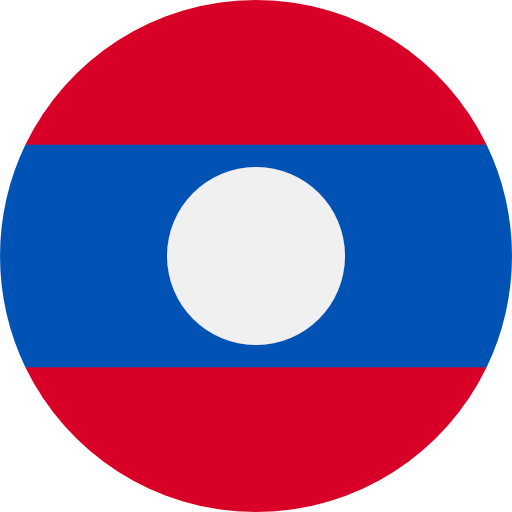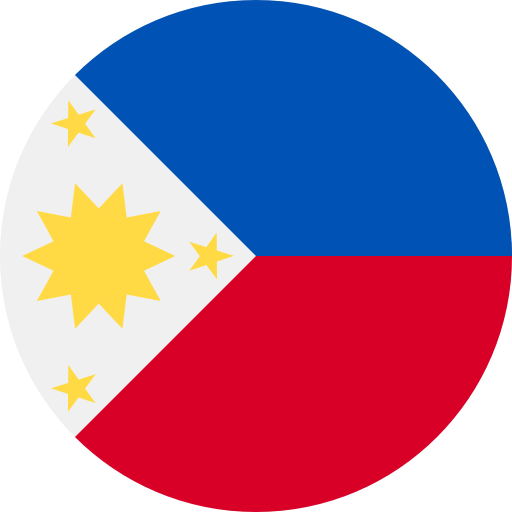Current time in Majene, Indonesia

No clock change applied. Permanent standard time.
Majene
Sulawesi Barat,
Indonesia 
272 377 people
Sunrise and Sunset times in MajeneTime zone: Asia/Makassar, UTC +8 h.
Latitude: -3.5336, Longitude: 118.966
Majene on Indonesia map:
Locations in the same time zone Asia/Makassar
Makassar (Sulawesi Selatan), Denpasar (Bali), Palu (Sulawesi Tengah), Banjarmasin (Kalimantan Selatan), Samarinda (Kalimantan Timur), Mataram (Nusa Tenggara Barat), Manado (Sulawesi Utara), Balikpapan (Kalimantan Timur), Gorontalo (Gorontalo), Kupang (Nusa Tenggara Timur), Tarakan (Kalimantan Utara), Pinrang (Sulawesi Selatan), Banyuwangi (Jawa Timur), Kendari (Sulawesi Tenggara), Raba (Nusa Tenggara Barat), Maumere (Nusa Tenggara Timur), Bontang (Kalimantan Timur), Parepare (Sulawesi Selatan), Watampone (Sulawesi Selatan), Ende (Nusa Tenggara Timur), Ruteng (Nusa Tenggara Timur), Waingapu (Nusa Tenggara Timur), Luwuk (Sulawesi Tengah), Poso (Sulawesi Tengah), Praya (Nusa Tenggara Barat), Baubau (Sulawesi Tenggara), Makale (Sulawesi Selatan), Palopo (Sulawesi Selatan)
Largest populated areas in Indonesia
Jakarta (Jakarta), Surabaya (Jawa Timur), Bandung (Jawa Barat), Bekasi (Jawa Barat), Medan (Sumatera Utara), Palembang (Sumatera Selatan), Semarang (Jawa Tengah), Makassar (Sulawesi Selatan), Cilacap (Jawa Tengah), Bogor (Jawa Barat), Bandar Lampung (Lampung), Padang (Sumatera Barat), Malang (Jawa Timur), Pekanbaru (Riau), Denpasar (Bali), Yogyakarta (Yogyakarta), Palu (Sulawesi Tengah), Pontianak (Kalimantan Barat), Banjarmasin (Kalimantan Selatan), Samarinda (Kalimantan Timur), Binjai (Sumatera Utara), Surakarta (Jawa Tengah), Banda Aceh (Aceh), Bukittinggi (Sumatera Barat), Pasuruan (Jawa Timur), Mataram (Nusa Tenggara Barat), Jambi (Jambi), Manado (Sulawesi Utara), Balikpapan (Kalimantan Timur), Bengkulu (Bengkulu)
Countries closest to Indonesia
*Calculation of distances from capital to capitalWhat Is UTC and How Time Zones Work
UTC (Coordinated Universal Time) is the international time standard used to synchronize clocks all over the world. It serves as the primary reference point from which all global time zones are calculated. Unlike local time, UTC does not change with daylight saving adjustments and remains constant throughout the year. It is used in aviation, navigation, satellite systems, telecommunications, and internet infrastructure — anywhere precise and unified time measurement is essential.
UTC is based on highly accurate atomic clocks, which ensure remarkable stability. However, since the Earth’s rotation is not perfectly uniform, occasional “leap seconds” are added to keep atomic time aligned with astronomical time. This balance between scientific precision and natural cycles makes UTC the most reliable foundation for global timekeeping.
The History of UTC
The UTC standard was introduced in 1960 by the International Telecommunication Union (ITU) and the International Bureau of Weights and Measures (BIPM). It emerged as a compromise between two earlier systems: TAI (International Atomic Time), which is extremely stable but detached from the Earth’s rotation, and UT1 (Universal Time), which reflects the planet’s actual rotational speed. By merging the consistency of atomic measurements with astronomical adjustments, UTC became a universal time standard accepted worldwide.
Differences Between Time Zones
Every region on Earth is defined by its offset relative to UTC. For example, Brussels operates at UTC+2, London at UTC+0, New York at UTC−5, and Los Angeles at UTC−8. In Asia, the range is much broader — from UTC+2 in Israel to UTC+12 in Kamchatka. Some countries use half-hour or even 45-minute offsets to better match local solar time, such as India (UTC+5:30) and Nepal (UTC+5:45). Across Europe, zones range from UTC−1 in Portugal to UTC+3 in Russia and Finland. Africa generally spans from UTC−1 to UTC+4, while Australia and Oceania operate between UTC+8 and UTC+12. In the Americas, time zones extend from UTC−2 to UTC−10, reflecting the vast longitudinal diversity of the continents.
The Importance of UTC in the Modern World
Understanding the UTC system is essential not only for scientists and developers but for anyone working across time zones. Accurate time synchronization affects online meetings, financial transactions, transportation schedules, and data exchange between countries. In today’s digital ecosystem, UTC has become the common language of computers, servers, and global networks, ensuring that operations remain synchronized regardless of geography.
In essence, Coordinated Universal Time forms the foundation of modern timekeeping. It allows humanity to function in a shared rhythm — aligning activities from satellites and laboratories to smartphones and city clocks around the world.
The page was generated in 0.02 sec.




